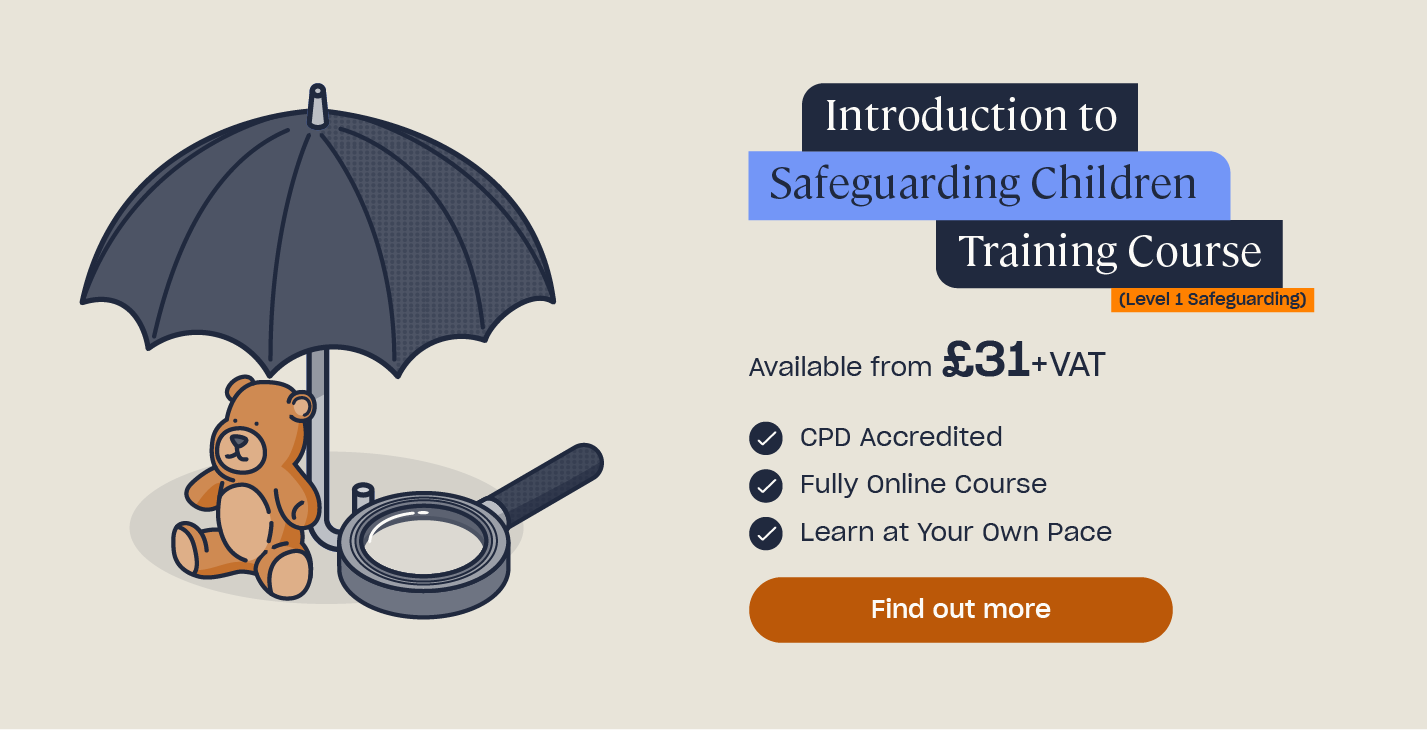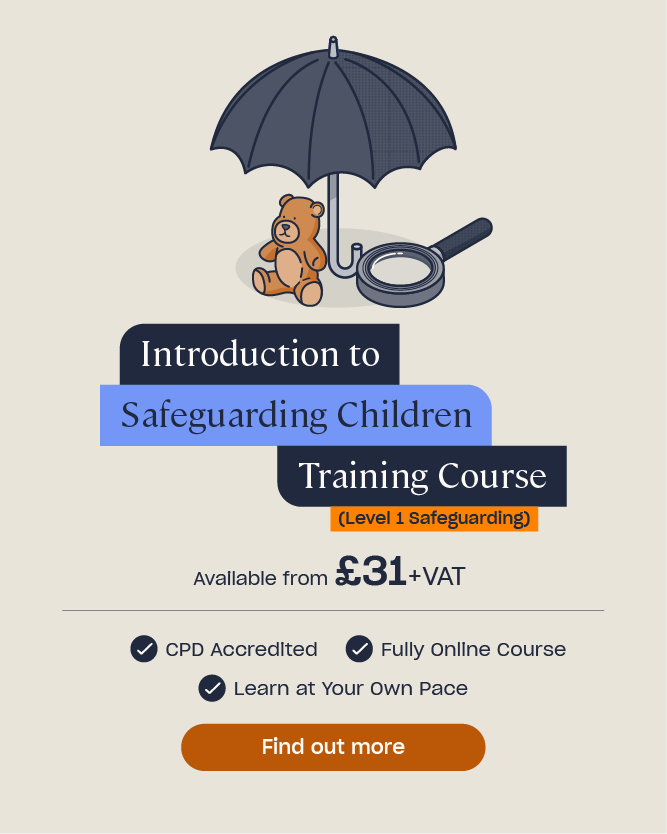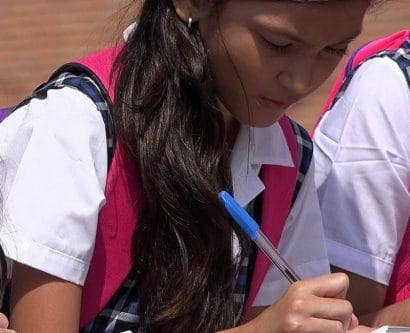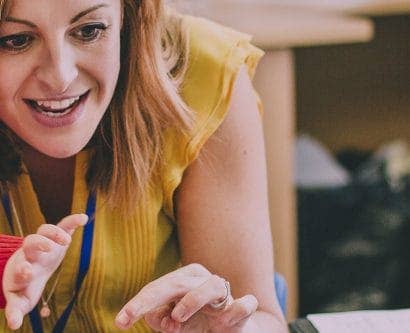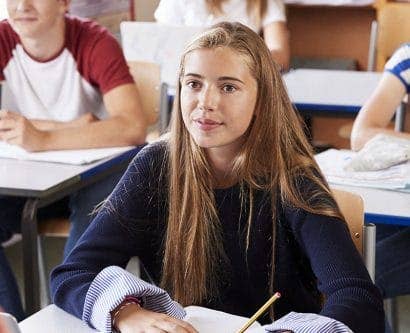How to Support Children Through School Transitions
School transitions can be incredibly challenging. We all remember the sickly feeling we had on our first day of big school. At the time, it feels like a monumental moment. Everything is new. Everything is scary.
Change requires real effort and energy, even for adults, yet children find it even more difficult to make transitions between people, places, and routines. When children are told to stop an activity they enjoy and are familiar with, and begin a brand new one, they often experience an emotional reaction. There are not yet equipped with the skills needed in order to manage change effectively. In academic settings, if transitions are not carefully planned, children can often experience negative impacts on both their wellbeing and academic achievement.
As well as highlighting an educator’s role during periods of transition, we will also overview which groups of children find change particularly stressful, and how we can support them as they progress through the key stages in their academic lives. We will also outline several strategies that both schools and parents can adopt in order to increase students’ emotional resilience, and facilitate positive change. At the end of the article, we will explain the benefits of using a pupil passport, or one-page pupil profile, as part of your school’s transition strategy. You can also download a free, editable pupil passport.
This article is broken down into the following sections:
- What Role Does the Educator Play During a School Transition?
- Why Might Children Struggle with Transitions?
- Transition Strategies for Early Years Classrooms
- Transition Strategies for Primary School Pupils
- Transition Strategies for Secondary School Pupils
- Transition Strategies for Children with SEND
- What Are Pupil Passports?
- Free Downloadable Pupil Passport Template
What Role Does the Educator Play During a School Transition?
We make transitions when we change or shift from one state, subject, or place to another. Children in schools continually experience transitions –between different schools, classes, and year groups. A key part of an educator’s role is to make sure these periods of change run as smoothly as possible.
Transitions in schools are major milestones in children’s lives, and their experience may direct them in numerous ways. Teachers should be aware of the possible behaviours children may display if they are struggling during school transitions. If pupils are overwhelmed by their new routine and environment, they may become angry, frustrated, withdrawn, disengaged, or anxious. Their attendance may also begin to drop. If you are concerned by any of these behaviours, you should speak to your school’s SENCo or the child’s progress leader for further advice and support.
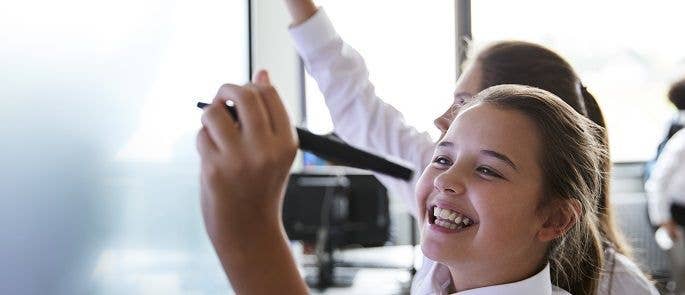
Building a safe, secure, and nurturing environment is the bedrock to learning. If children feel stressed or unsupported, they simply won’t be able to access the wonders of the curriculum. Whichever age range you teach, it’s crucial that your school’s behaviour policy is followed by all members of the community, and is implemented consistently. All children need to understand what is expected of them, both within the classroom and during recreational times. Respect, warmth, and unconditional positive regard can help children to develop resilience, and build self-esteem.
Back to TopWhy Might Children Struggle with Transitions?
In a children’s emotional health study backed by The Prince’s Trust, young people highlighted the transition to secondary school as being particularly hard on their self-esteem, due to increased concerns about not fitting in, and being judged.
At home, parents and carers can support children during school transitions by re-establishing bedtime and mealtime routines, creating family calendars, and designating some time in the day to talk and share.
Parents and teachers can also help to alleviate nerves and worries by keeping conversations open and honest. Children need to be able to communicate how they are feeling, so that they can begin to process their thoughts.
Transition issues may become apparent during the holidays. Older children may find it beneficial to start a journal in the weeks running up to the big day. Younger children can also complete a journal, but they could choose to draw how they are feeling. They may wish to include key words around the outside of their images. This expression of thought should be acknowledged, so that the child feels valued and justified. Keeping holiday periods light and positive can also help children to place their feelings into context, so visit friends, have family picnics, and head out into the great outdoors as much as possible.
According to The Anna Freud National Centre for Children and Families, there are groups of children who are more likely to struggle with moving to a new school or phase of education. These include children and young people with:
- SEND, or additional learning needs.
- Behaviour problems.
- Limited parental support.
- Experience of being bullied.
- Experience of the care system.
- Mental health problems.
- Anxiety.
For children who experience anxiety, school transitions can be overwhelming, particularly if they have had a distressing experience in a particular setting. A key component of anxiety is uncertainty. As humans, we are driven by a physiological desire to be in a state of predictability. Therefore, if children are not helped to regulate and navigate unknowns, they will be much more susceptible to experiencing uncertainty, and thus anxiety.
When a child is navigating any period of change, there are many transition strategies you can use to make sure the child has the best experience possible. Let’s break these down into three education stages: early years, primary, and secondary.
Want to learn more?
Our Child Mental Health course will provide you with a detailed understanding of how to identify and support a child who may be struggling, as well as how to promote positive mental health and wellbeing. Take a look at our course library to find our wide range of CPD Courses including Challenging Behaviour.
Transition Strategies for Early Years Classrooms
Younger children are more likely to experience separation anxiety during nursery or pre-school transitions. Children moving from pre-school to Reception, for example, will have formed strong bonds with their teachers or key workers, so getting to know new adults all over again can be a daunting prospect.
Teachers can make their approach to transition as holistic as possible by building positive relationships with parents and carers, and making numerous links to the child’s home environment. For example, children can bring in a transition toy to help comfort them during their first few weeks. This could be a teddy, soft blanket, or even a picture.
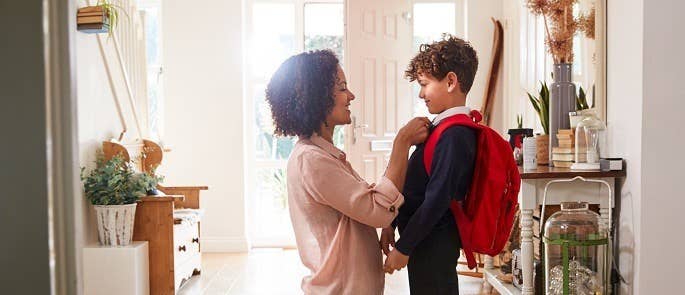
Transitions at this stage can also include moving from one activity to the next. Children who are used to explorative play can find it difficult to sit down and listen for an extended period. To help prepare children for a change in expectation, use visual timers, or clear verbal countdown reminders. Equally, younger children can find it useful to access a visual schedule map of their day, so they know what to expect after lunch, or after story time. Remember, we’re trying to reduce the number of uncertainties a child may experience within their day.
Back to TopTransition Strategies for Primary School Pupils
As children progress through primary school, they are continually getting to know brand new teachers and classrooms. To help children get to know their new teachers and teaching assistants, make sure children get plenty of opportunities to move up into their new classrooms. New teachers could also visit their new classes to tell stories, deliver creative writing sessions, or play games. Building relationships early can help to alleviate any worries and fears the children may experience during the summer break.
Teachers can also invite children and parents along to virtual get to know your teacher sessions. These can even be interactive – where pupils are invited to send in any questions for the teacher to answer directly. With digital technology now widely used as an effective method of communication between parents and teachers, home visits can easily take place online. These sessions can help to immediately build constructive home-school relationships.
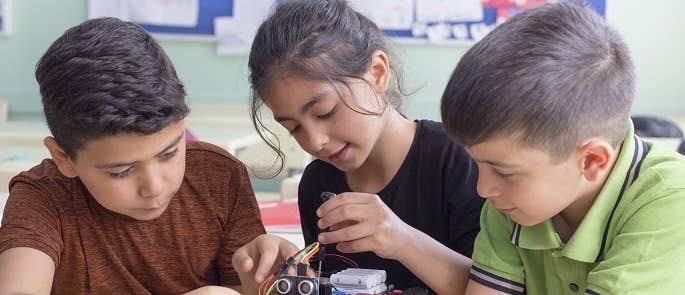
Embedding collaborative, play-based learning throughout the curriculum can help children to improve their social skills, and form friendships. When children feel connected within their class, and in their school community, their learning experience will be more positive.
Schools can also help to prepare students for their first day back by providing children with a simple challenge to complete over the summer, and a visual copy of what to expect on their first day back.
Back to TopTransition Strategies for Secondary School Pupils
We know that children find the transition into secondary education particularly difficult, so it’s vital that schools help children prepare for the change into their new setting.
Initially, schools can work with local education settings to facilitate staggered induction periods for key children, offering them a slow, steady introduction to their new setting and learning environment. As part of the process, the child can attend taster days, explanatory talks, and even work with a buddy to receive peer support.
The school should also aim to make wellbeing a dynamic topic within the curriculum. The PHSE curriculum should cover wellness strategies to help pupils develop strong social and emotional skills. These social skills will help children build self-confidence, self-esteem, and resilience.

Secondary providers should also promote open and honest discussion. Embedding talk in the classroom gives students the opportunity to assess their thoughts and reflect on their experiences.
Schools can also regularly engage with parents and carers to check on children’s wellbeing, and to assess if any children require further support –in addition to the school’s Universal Provision.
Back to TopTransition Strategies for Children with SEND
Children with SEND can be more susceptible to experiencing uncertainty. When they are faced with unknowns, some children with SEND cannot effectively navigate the uncertainty they are feeling.
Schools should ensure their approach to transition eradicates any barriers children may face as they move between settings, or year groups. Schools can work with the child, parents, carers, and any applicable SEND agencies to create an agreed transition action plan.
Potential strategies to include in the action plan are:
- Giving children with SEND extra time within their new setting – for example, through staggered induction sessions – so they can ask any questions and become more at ease in their new environment.
- Giving them additional time to reflect on how they’re feeling – for example, through additional nurture groups or talking therapy sessions.
- Using visual planners and daily routine maps to help children navigate unfamiliar situations and expectations.
- Chunking tasks – some children with SEND may need to take small steps at first. Teachers should consider this within their delivery, offering children five-minute warnings before tasks are changed, examples of what is expected, and choice in how they carry out activities.
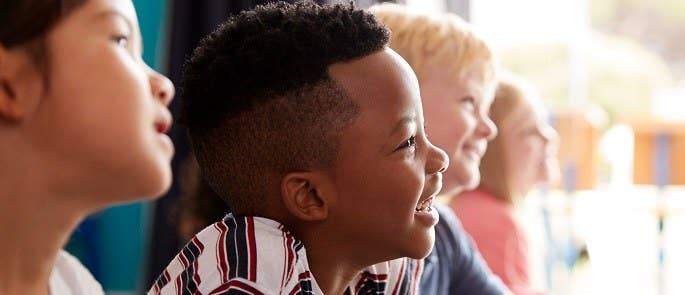
Bear in mind that children moving from Year Six to Year Seven are faced with increasingly complex language during this key academic transition. A report by the Oxford Education Language Group (2020) found that children in Year Seven are exposed to three to four times as many new words per day as those in Year Six. The sudden increase in complexity and expectations can place many children with SEND at a disadvantage. Schools can support children by providing visual dictionaries and glossaries, and by actively pre-teaching new vocabulary. Key words can then be shared with parents and carers at home.
Pupil passports, also known as one-page pupil profiles, can also be impactful transition tools – we will discuss this further in the next section.
For more information about how to support children with SEND in the classroom, read our article here.
Back to TopWhat Are Pupil Passports?
A pupil passport puts the child at the heart of their learning experience. Also known as one-page pupil profiles, pupil passports give children the opportunity to state their individual preferences and learning needs. Pupil Passports can be easily shared with the child’s teachers to make sure the provision offered is as child-centred as possible, and aligned to the child’s specific needs.
Pupil passports highlight key information about the child, including their likes, dislikes, favourite things, and how teachers can help them if they struggle in class.
Although particularly useful in improving the transition process for children with SEND, pupil passports can be used to support all learners.
Despite not being a legal requirement, thousands of schools use pupil passports – or profiles – to immediately improve classroom relationships. If children are asked how they like to learn, or how they wish teachers to support them, it empowers them, and shows them that we trust and value their opinions.
Back to TopFree Downloadable Pupil Passport Template
You can download a free template of a pupil passport using the link below.
Transitions are an inevitable part of a child’s life. As they progress through each stage in education, it’s crucial that they are helped to navigate the uncertainties they will face. For children with SEND, who often find school transitions challenging, pupil passports, or one-page pupil profiles, can help schools to make key changes as smooth and positive as possible. Through effective transition planning and management, schools can help to develop children’s resilience, and equip them with the necessary tools required in order to experience positive change in the future.
Further Resources
- Supporting Language Development in the Early Years
- How to Help a Child with Dyslexia in the Classroom
- The Importance of Routine for Children: Free Weekly Planner
- ADHD Awareness Course
- Autism Awareness Course


